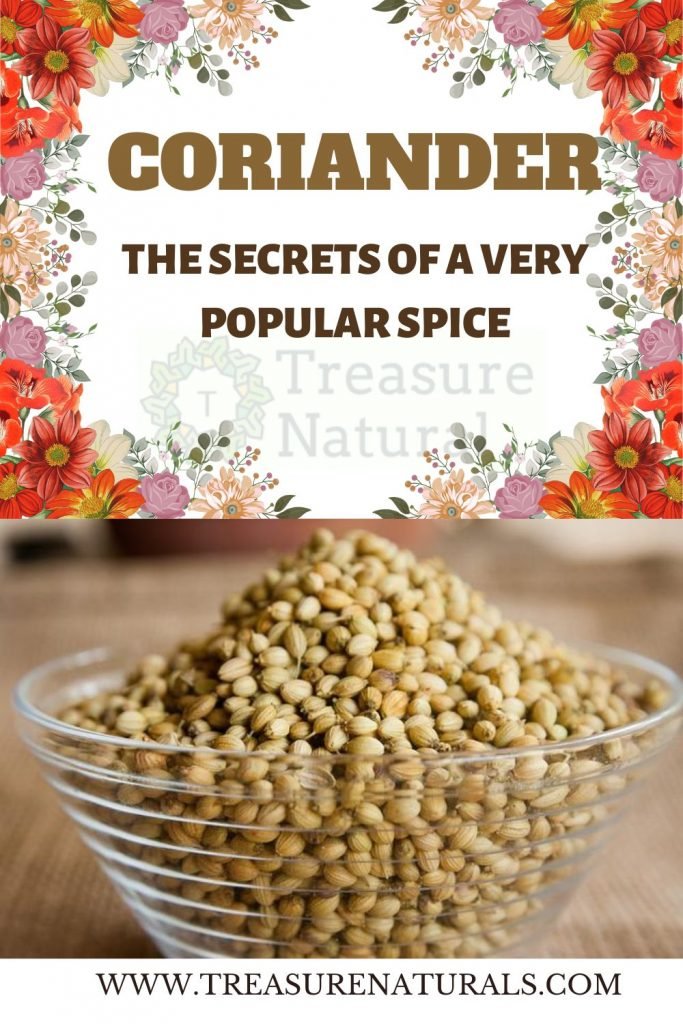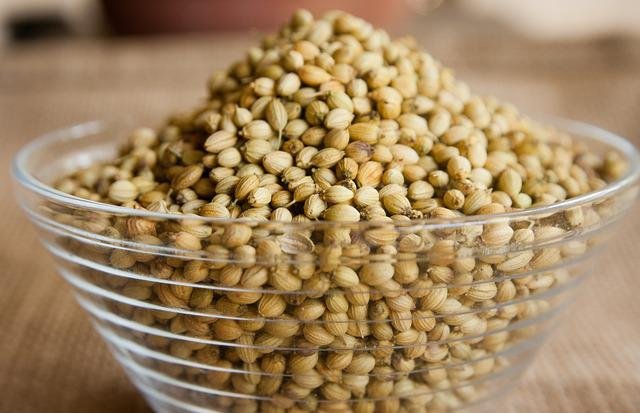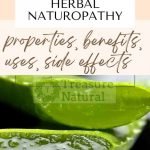
Coriander is also known as Chinese parsley, as it is very similar and its leaves are used in place of parsley in various oriental cuisines. Let’s discover the properties and uses of its leaves and seeds.
Origin
Coriandum sativum – better known as coriander – is an annual herbaceous plant from the countries of the Mediterranean Sea.
It belongs to the umbelliferae family which also includes cumin, dill, fennel and parsley.
It can be used in a variety of ways in cooking and is also known by the names of Chinese parsley and cilantro.
Curiosity
The origin of the word ‘Carnival confetti’ derives from the seeds of this plant.
Covered with sugar, over time they were first replaced by chalk balls and today they are simple colored paper discs.
How coriander is used
The dried seeds and fresh leaves of this plant are widely used in Indian and Latin American cuisine.
The seeds, less spicy than the leaves and with a ‘fresh’ flavor with citrus notes, are used as a spice.
They are ground to enter the composition of curry and garam masala.
In Thailand, on the other hand, the roots are used for a base sauce that is valid for many dishes while in Italy they flavor meats, meat and fish, but also biscuits and some sweets such as gingerbread.
The leaves, in the East, are used instead of parsley.
It is used in natural cooking and is ideal for flavoring vegetables in a pan or in soup, for legumes or in combination with garlic, chilli and cumin.
This spice gives flavor to a tasty dish typical of the Arab tradition, but now widespread internationally such as falafel.
The properties of coriander
Like other spices, coriander also has therapeutic properties due above all to the essential oil also contained in the dried seeds.
Thanks to its antiseptic characteristics, it promotes an anti-fermentative action in the intestine, eliminating air and reducing abdominal spasms.
Furthermore, it is able to increase gastric secretion thus facilitating digestive processes. Coriander also exhibits a fungicidal and antibacterial effect.
However, remember that this spice with remarkable properties is not recommended for women who are breastfeeding, as it can alter the taste of milk.
Coriander as a chelator
One of the most praised properties of this herbaceous plant is a very important health benefit in an environment where one is increasingly in contact with heavy metals. Coriander is in fact capable of chelating heavy metals in the body .
In particular, experimental studies have proven that coriander is useful for detoxifying our body from metals such as lead, aluminum and mercury.
Grow coriander

Remember that the best time of year to plant this seedling is in spring. Generally towards the beginning of spring, if you live in particularly temperate regions without a harsh climate.
You must take care to plant them in a place not too close to the house or in transit is a recommendable precaution.
Towards the end of spring if, on the other hand, you live in some region where the climate is rather harsh compared to the national average. This plant, in fact, does not survive frosts (and in truth it does not even like hot climates).
When does it bloom?
The plant usually blooms in the period between April and May (also here it depends on the climate we are dealing with). During the summer, in the period from July to September, the plants can be uprooted to collect the fruits.
Also remember that this fresh plant does not have a particularly pleasant smell, unlike what one might imagine.
The seeds
Here’s where to find the seeds, if you’re thinking about how to grow cilantro – it’s easy and it’s educational too!
Where to buy cilantro
You can find it dry in dried berries and leaves both in the supermarket and in drugstores.
In herbal medicine you can find the mother tincture, while at the market, in oriental food stores and online you can also buy it fresh.






